You have 0 product(s) in your cart.
Abyss Scuba Diving
A Deep Dive Into Scuba Slang: Your Guide To Diving Jargon
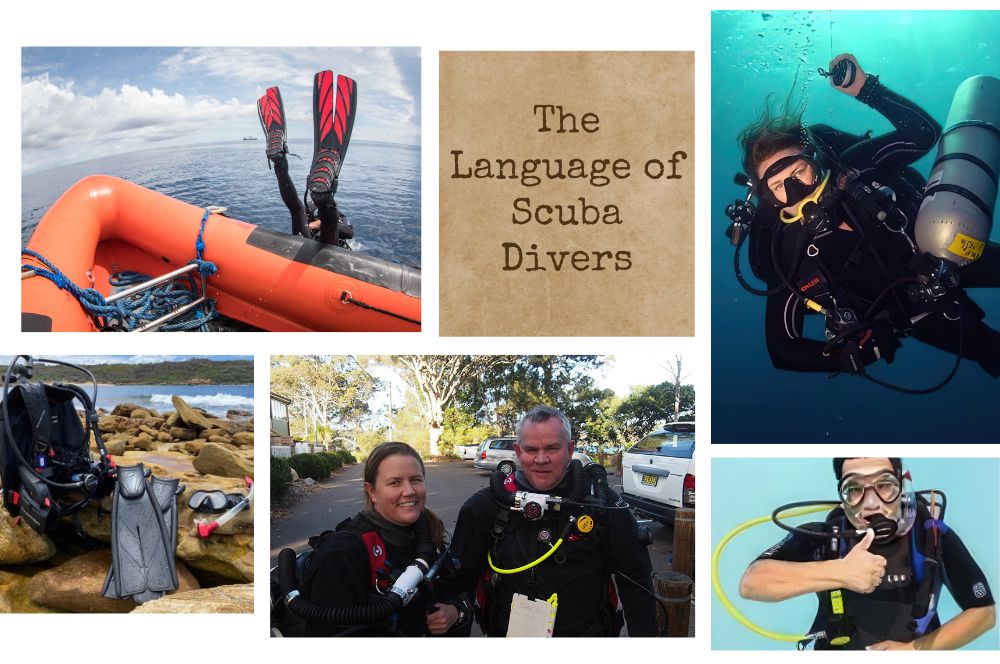
A Deep Dive into Scuba Slang: Your Guide to Diving Jargon
Imagine exploring the underwater world, witnessing breathtaking marine life, and discovering hidden treasures while scuba diving. However, understanding the unique language of scuba diving terms is essential to appreciate and safely enjoy this thrilling experience fully. In this comprehensive guide, we'll take a "deep dive into scuba slang: your guide to diving jargon", giving you the knowledge you need to navigate the diving jargon confidently.
Short Summary
-
Learn essential terminology for safe and enjoyable scuba diving.
-
Familiarize yourself with specialized techniques, equipment, and dive safety concepts.
-
Understand popular slang terms used by divers to communicate effectively.
Diving Basics: Terminology for Beginners
When you're starting your scuba diving journey, first things first - master the basics. Familiarizing yourself with essential terms and concepts makes underwater adventures safer and more enjoyable. You may hear many different words that describe the same thing, but they are mostly interchangeable. It could get confusing for novice divers who are not aware of this, but it's simple enough.
In this section, we'll cover the fundamental diving terminology, including entry techniques, the dive buddy system, and what an Advanced diver is.
Entry Techniques
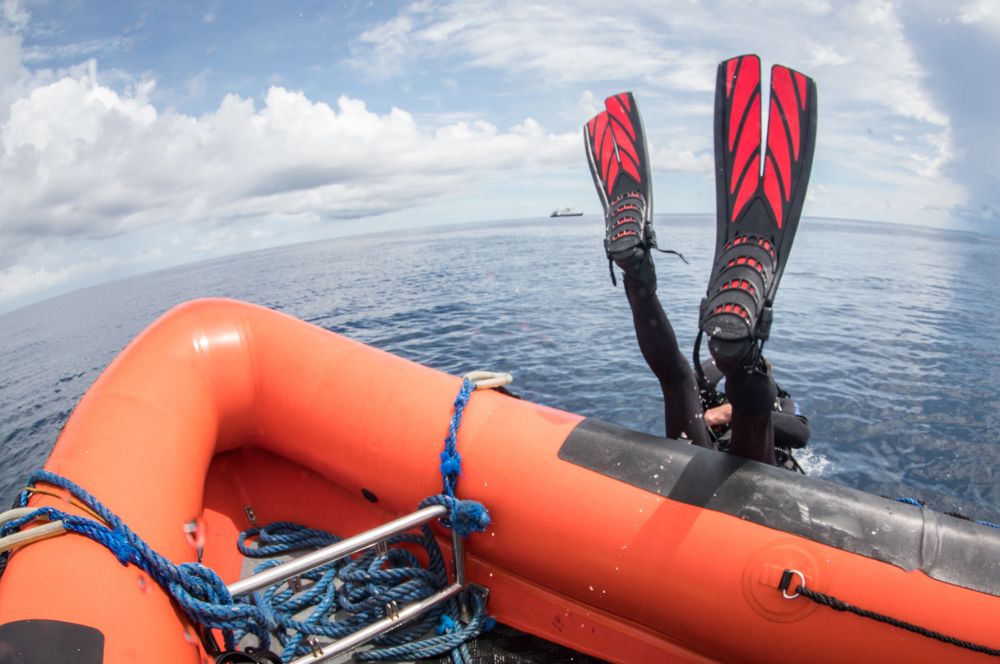
Entering the water safely and effectively is crucial in scuba diving. Divers use different entry techniques, such as the giant stride, back roll, and side step. The giant stride is a popular diving technique. This involves taking a large step off the platform or side of the boat with a firm grip on the diving mask front, chin tucked in and fins together when entering the water. This allows for a swift and controlled descent.
On the other hand, the back roll and side step techniques are employed when entering from a dive boat. Each entry method has its own unique advantages, but all aim to ensure a smooth and secure start to your dive.
Dive Buddy System
One of the essential safety principles in scuba diving is the dive buddy system. This system involves two divers with similar interests and experience levels diving together, each taking responsibility for the other's safety.
Having a dive buddy offers additional safety and security, enabling divers to monitor each other's air supply, depth, and other essential details, and to provide assistance if necessary. So remember, always dive with a buddy and look out for each other.
Advanced Diver
So, what makes a diver 'advanced'? Well, completing the Advanced Open Water Course is the key! This course helps divers gain experience and skills in various underwater environments and conditions. AOW divers are certified to dive up to 30 meters deep. Taking the Advanced Course right after the Open Water Course is best.
Advanced divers aren't necessarily experienced (maybe they've only done nine ocean dives) but have completed the AOW course.
Scuba Gear and Equipment: Terminology Explained
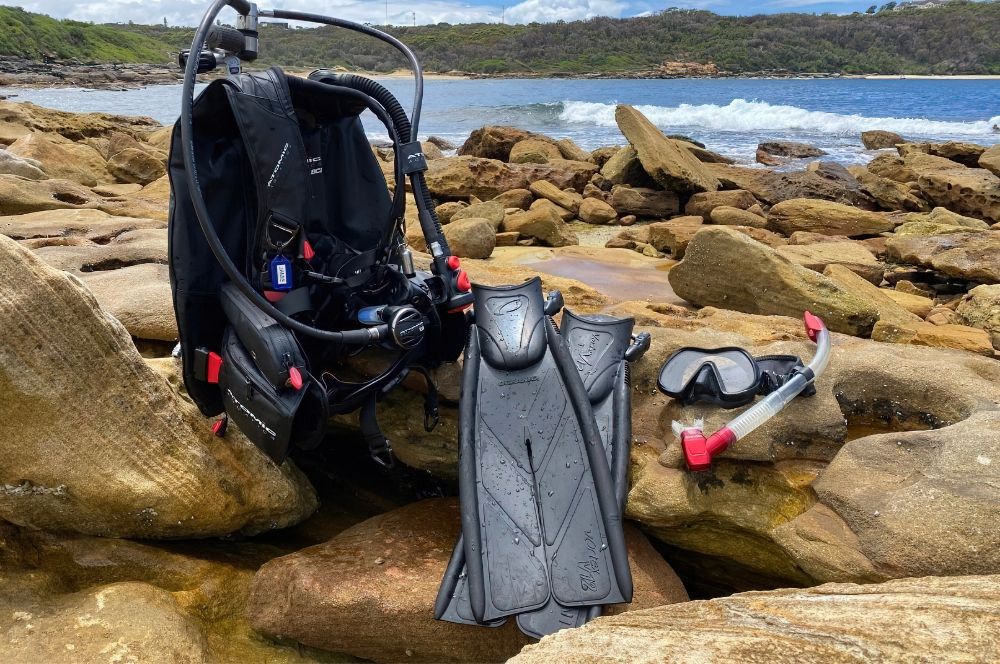
The world of scuba diving is full of specialized gear and equipment that allow divers to explore the underwater realm safely and comfortably. This section demystifies some jargon surrounding scuba gear, from regulators and octopuses to buoyancy control devices (BCDs), dive computers and tables, and exposure suits.
Regulators are the most important piece of scuba gear, as they provide the air supply to the diver. Octopus regulators are backup regulators that can be used in an emergency.
Regulators and Octopus
Your scuba gear contains a vital component called a regulator, which takes in air from the tank and supplies it to your lungs at an appropriate pressure. The regulator comes with two parts - the first one connects with the tank valve, and the second one is linked to the mouthpiece. Divers may call it by different names, including "regulator", "reg", or "second stage."
An octopus, or secondary regulator, is a backup air source for diving emergencies. For example, when a primary regulator fails, or a dive buddy needs air. Understanding regulators and octopuses in scuba diving is crucial to ensure a safe and enjoyable dive. You might hear it called "Ocy", "octopus", or "Octopus regulator", but they all do the same job!
Buoyancy Control Device (BCD)
A key piece of scuba gear, the buoyancy control device (BCD or BC for short), is essential for maintaining a balanced dive. Worn on your back, it includes an inflatable system that helps maintain positive and neutral buoyancy at the surface while diving. Additionally, it ensures the security of your scuba tank.
With the ability to add or release air, changing buoyancy is as easy as a few quick breaths. Achieving the perfect buoyancy as you explore the depths has never been easier.
Understanding the function of a BCD is crucial for safe and comfortable diving experiences.
Dive Computers and Tables
Dive computers and tables are must-have tools to ensure a safe dive. Dive computers monitor depth, bottom time, and other vital data in real time, avoiding potential health risks. Dive tables, on the other hand, assist with dive planning and devise a safe dive profile based on depth and duration. Be it a dive computer or dive table, knowing how to use it is crucial for an enjoyable experience. These days most divers prefer dive computers to tables.
Exposure Suits
Exposure suits are specialized garments designed to protect divers from cold water, abrasions, and other environmental factors while diving. These suits come in various types, such as wetsuits, drysuits, and rash vests, and are made from materials like neoprene, which provides thermal protection and buoyancy.
Choosing the right exposure suit for your diving conditions is essential to ensure your comfort and safety underwater.
Dive Safety and Health: Key Terms to Know
Safety should always be the top priority in scuba diving. Understanding key dive safety and health terms will help prevent accidents and ensure an enjoyable diving experience.
This section discusses essential safety concepts such as decompression illness, equalization techniques, and hyperbaric medicine.
Decompression Illness
Decompression illness (DCI) is a critical concept for divers to understand, as it is a potential risk when diving. DCI refers to a range of decompression breathing gas-related issues, such as decompression sickness (DCS) or the Bends and arterial gas embolism, which can occur if a diver ascends too quickly or fails to make decompression stops during the ascent.
The potential effects of DCI can range from mild to severe, including joint pain, dizziness, confusion, paralysis, and even death in extreme cases. Knowing the signs and symptoms of DCI allows you to take appropriate steps to prevent it and ensure a safe dive.
Equalization Techniques
Equalization is essential in scuba diving to counteract the increasing water pressure on your ears and other air-filled spaces in your body. Failure to equalize can lead to discomfort or even injury.
Equalization techniques, such as the Valsalva Maneuver and Frenzel maneuver, help divers equalize the pressure in their middle ears by opening the Eustachian tubes. Practising equalization techniques and understanding their importance will help you prevent pain or injury during your dives.
Hyperbaric Medicine
Hyperbaric medicine is the use of a hyperbaric chamber to replicate the ambient pressure at altitude or depth. This specialized branch of medicine is utilized for the treatment of decompression sickness (DCS). In such cases, a diver would be placed in a hyperbaric chamber, and the pressure would be increased to simulate the depth air pressure at which the diver became ill.
The pressure would then be gradually reduced, allowing the body to expel the excess nitrogen gas that caused the DCS. Understanding the role of hyperbaric medicine in diving safety is crucial for divers to seek appropriate treatment in case of decompression sickness.
Tec Diving: Specialized Terms and Techniques
As your diving skills progress, you may explore new underwater environments and take on more challenging dives. Tec diving, such as cave and cave diving or technical diving, requires specialized techniques and equipment.
This section will delve into the terminology and concepts associated with advanced diving.
Cave and Cavern Diving
Cave and cave diving involve exploring underwater caves and caves, which can be both exciting and potentially dangerous. This type of advanced diving requires specialized techniques and equipment to navigate the often dark, confined spaces and ensure a safe dive.
Cave diving is an exciting pursuit for experienced divers, but it's crucial to be aware of the risks and take the necessary precautions to stay safe.
Technical Diving
Technical diving is another form of advanced diving, which goes beyond the limits of recreational diving. Technical divers explore deeper depths, utilize various gas mixtures, and employ distinct equipment configurations and dive planning approaches.
This type of diving is not for the faint-hearted, as it requires specific skills, knowledge, and experience. If you're ready to take your diving to the next level, technical diving might be the challenge you're looking for.
Diving Lingo: Popular Slang and Phrases
Now that we've covered the essential diving terminology let's dive into the more colloquial side of the diving world. In this section, we'll explore popular slang and phrases used by recreational divers, including:
Underwater hand signals, dive jargon and acronyms, dive shop lingo, and dive site names.
Underwater Hand Signals
Underwater hand signals are a vital form of communication for scuba divers, as they allow divers to convey important information and messages to their dive buddies without using verbal communication. Some common hand signals include the "OK" sign, the "up" and "down" signals, and the "stay together" signal.
Mastering these hand signals will enable you to communicate effectively with your dive buddy and ensure a safe and enjoyable dive.

Dive Jargon and Acronyms
Dive jargon and acronyms are commonly used terms and abbreviations that can help divers communicate more efficiently, both above and below the water. Examples of dive jargon include "frogman" (a specialized scuba diver, typically employed by the military) and "knot" (a unit of velocity).
Acronyms, such as DAN (Divers Alert Network), CESA (Controlled Emergency Swimming Accent), BWRAF (remember the steps of a buddy check), and SMB (Surface Marker Buoy) can also be useful in quickly conveying important information. Familiarizing yourself with these terms will enable you to communicate more effectively with fellow divers and professionals in the diving community.
Dive Shop Lingo
Dive shop lingo is the specific vocabulary, jargon, and slang used by scuba divers and professionals in dive shops. This includes technical terms, acronyms, and phrases related to scuba diving equipment, courses, and dive trips. A "glowstick" is a device mostly used in night diving. It consists of a small tube containing a single-use chemical substance or a battery-powered LED bulb that produces light.
Understanding dive shop lingo will help you communicate more effectively when discussing equipment and dive plans with dive shop staff and fellow divers.
Dive Site Names
Dive site names are critical for identifying and locating specific dive sites, particularly for divers who may be unfamiliar with the area or seeking a specific dive site. Names like "blue hole" (a large marine cave or sinkhole) can provide clues about a site's unique features and conditions.
Familiarizing yourself with dive site names and their meanings can help you plan your dives and share your experiences with fellow divers. It is important to remember that different dive operators and shops often have different names for the same location.
Diving Certification and Training: Key Terms
Diving certification and training are essential for anyone looking to explore the underwater world safely and responsibly. This section discusses key terms related to diving certification and training, including PADI, NAUI, and other agencies; C-Card and logbook; and dive master and instructor roles.
PADI, NAUI, and Other Agencies
Dive certification agencies, such as PADI (Professional Association of Diving Instructors) and SSI (Scuba Schools International), provide training and certification for individuals wishing to scuba dive. These organizations establish standards for dive instruction and ensure that divers are properly trained and equipped to dive safely.
In addition to PADI and NAUI, there are many others. The World Recreational Scuba Training Council (WRSTC) recognizes 23 dive certification agencies, such as NAUI (National Association of Underwater Instructors) and SDI (Scuba Diving International). Each agency has its own unique approach to training, but all aim to provide divers with the skills and knowledge needed for safe and enjoyable diving experiences.
C-Card and Logbook
A C-Card, or certification card, is proof of scuba certification, issued by a training organization upon successful completion of a diving course. This card verifies a diver's skills and knowledge, allowing them to rent scuba equipment and participate in guided dives.
On the other hand, a logbook is a record of the scuba dive a diver has completed, including details such as depth, bottom time, dive location, and other relevant information. Maintaining an up-to-date logbook is important for tracking your diving experience and demonstrating your level of expertise to dive operators and instructors.
Dive Master and Instructor Roles
Divemasters (DM) and instructors play crucial roles in diving education and guidance. A dive master is a professional-level scuba diver who assists instructors on dive boats and in certification courses, while an instructor is a top certified diver or professional with specialized training to provide scuba diving instruction.
Both roles are essential in ensuring that divers receive proper training and guidance to explore the underwater world safely and responsibly. Often an Instructor will take on the role of the DM and will be referred to as the Divemaster.
Summary
This comprehensive guide explores the fascinating world of scuba diving jargon, from basic terminology to advanced techniques, dive safety and health, scuba gear and equipment, and diving certification and training. By familiarizing yourself with these terms and concepts, you'll be better equipped to confidently navigate the underwater realm and enjoy your diving adventures to the fullest. So gear up, dive in, and let the language of diving guide you through the wonders of the deep blue sea.
Frequently Asked Questions
What is deep scuba diving called?
Deep scuba diving is referred to as technical deep diving here, which involves the use of special gas mixtures (other than compressed air) for breathing in order to exceed the limits imposed on depth and/or immersion time for recreational scuba diving.
Technical diving requires additional training and equipment and is considered more dangerous than recreational diving. It is often used for exploration, search and recovery, and scientific research. Technical divers may also use special breathing gases such as trimix, heliox, and nitrox.
What is a diver slang?
Diver slang is a colloquial term for a player who tricks an opposing player in order to gain a free kick or penalty. It is seen as unsportsmanlike behaviour and frowned upon in the soccer community.
What does scuba mean in slang?
SCUBA is an acronym that stands for "Self-Contained Underwater Breathing Apparatus." It is commonly used in slang to refer to the gear and equipment associated with diving underwater.
The use of SCUBA enables divers to explore and experience the beauty of the underwater world while remaining safe and secure.
-
Time to Fly with the Avelo Dive System
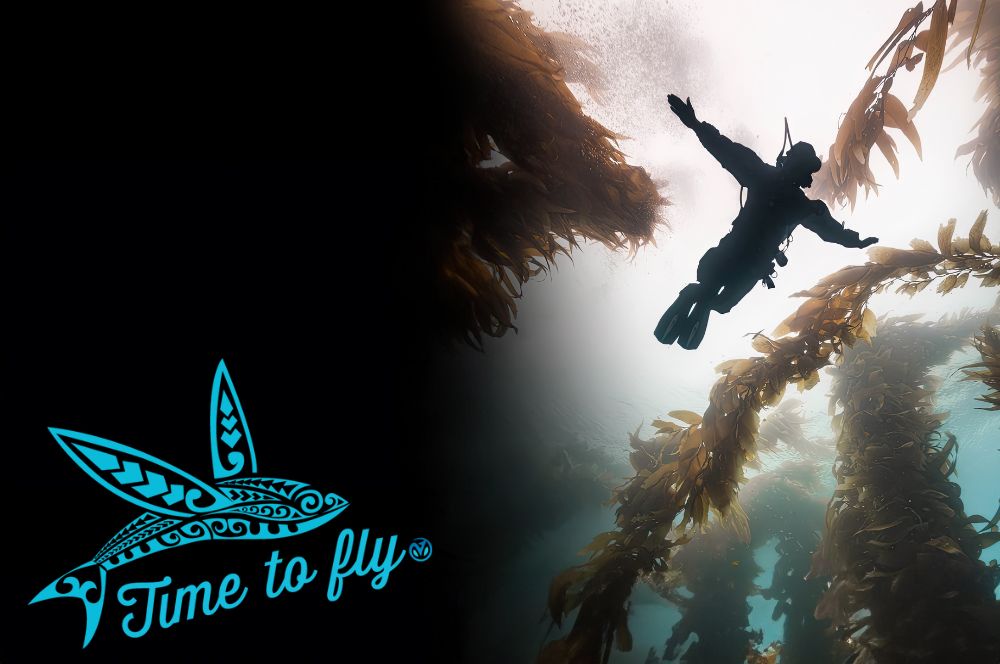
Time to Fly with the…
Time to Fly with the Avelo Dive System We've all experienced that magical moment when we first submerged […] -
Redefining Scuba Diving Safety
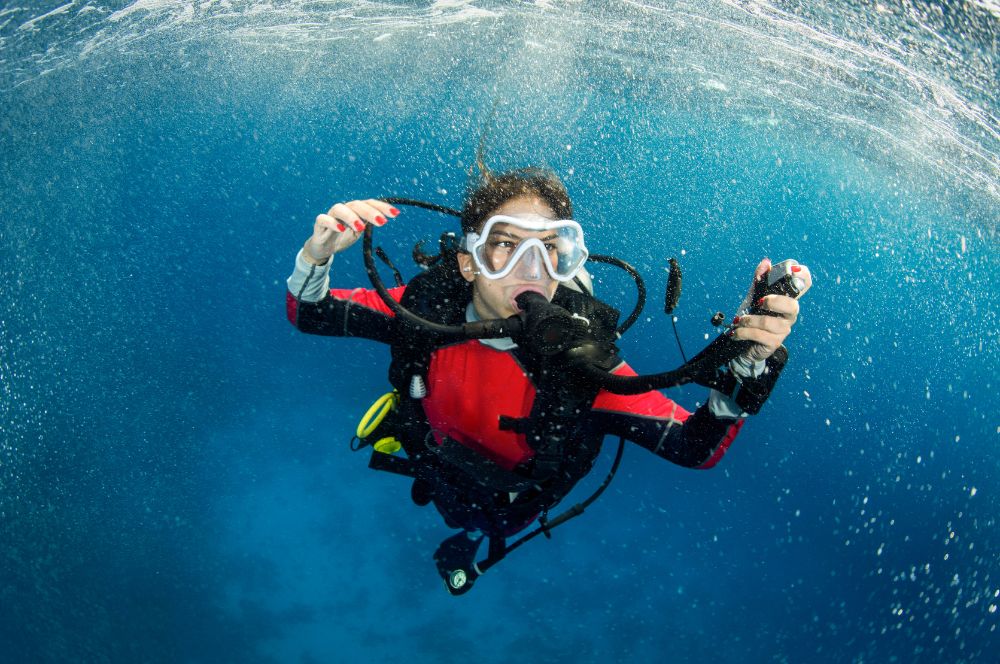
Redefining Scuba Diving…
Redefining Scuba Diving Safety: The Avelo System’s Superior Buoyancy Control Scuba diving is an exhilarating […] -
Switch to Avelo | The Ideal Dive System…

Switch to Avelo | The…
Switch to Avelo: The Ideal Dive System for Every Kind of Diver As a scuba diving instructor, I'm always on […] -
The Avelo Scuba System is Much More…
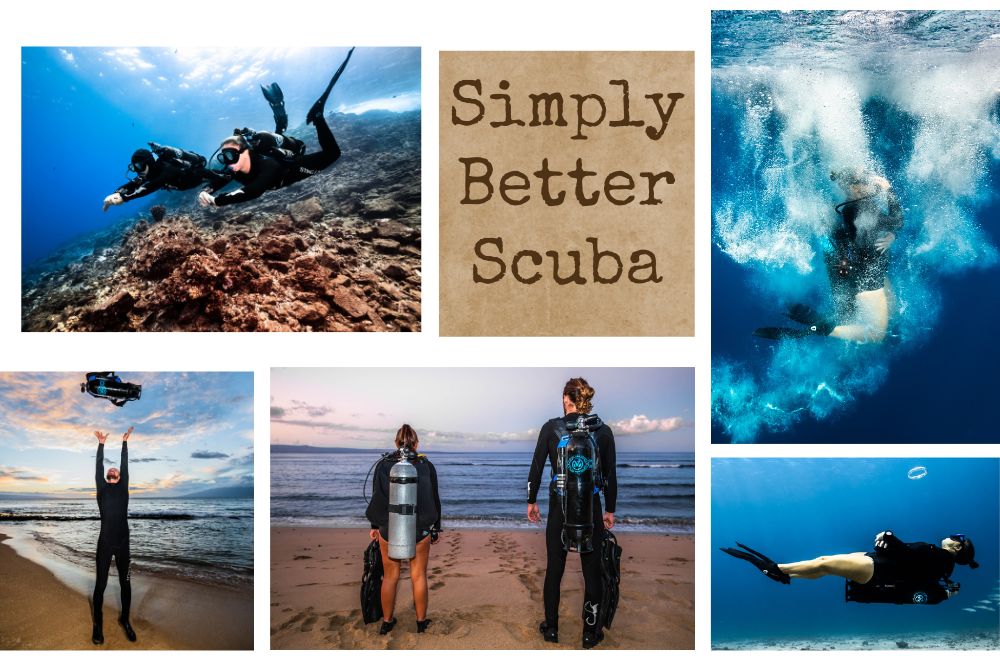
The Avelo Scuba System…
Simply Better Scuba: The Avelo Scuba System is Much More than a Light Weight Scuba System Amidst the rightful […]
Recent Posts





